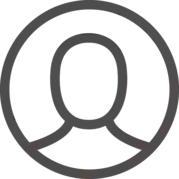Simulated Process is a method used to reproduce almost any image on the market. It does so by overlapping and blending colors in a method similar to CMYK through using halftones and spot colors and/or PMS colors. Essentially, it's a way of taking an image that historically would have been printed via CMYK, but instead uses more opaque ink to create a more stable color and production friendly ink that can print almost any design for any garment. Designs that are too difficult to separate in a vector program, raster images, photographs, complex tonal illustrations — all doable with Simulated Process.
Mon-Fri 9am-6pm





